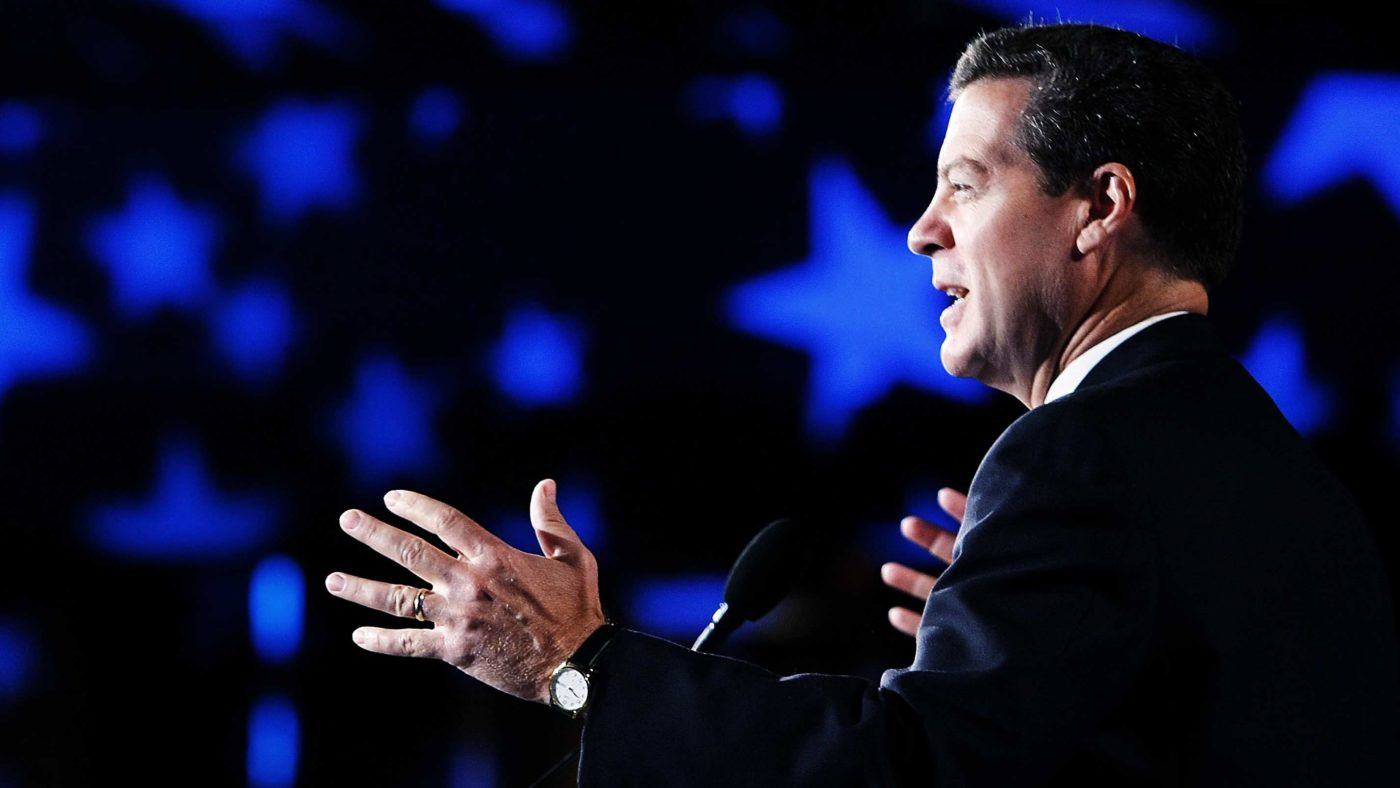What is it about leftwingers and overreach? Two weeks ago, Labour’s defeat in the general election was being spun as the “death of neoliberalism”. It even emboldened the party to advocate the requisition (i.e. taking) of people’s private houses and apartments after the Grenfell Tower fire. Now we have the partial reversal of large income tax cuts in the American state of Kansas being heralded as the death of supply-side economics and the idea that lower marginal tax rates can improve growth prospects.
Back in 2012, the Kansas Republican Governor, Sam Brownback, slashed his state’s marginal income tax rates, reducing the top rates from 6.45 per cent and 6.25 per cent to 4.9 per cent and cutting the rates for low earners from 3.5 per cent to 3 per cent. He doubled the personal allowance from $4,500 to $9,000 and, perhaps most significantly, proposed exempting so-called “pass-through” entities from income tax altogether.
As politicians often do, he over-egged the likely positive effects of such measures, describing them as a “real live experiment” in supply-side economics. But left-wing commentators are now using the stubbornness of the state’s budget deficit, and the relatively weak growth performance since, to attempt to discredit the case for cutting marginal tax rates anywhere. Their partial account of what really happened and its lessons deserves correction.
First, the impact of the tax cuts on the Kansas budget deficit owed more to politics than the tax reform. In Brownback’s original proposal, almost all of the “cost” of lost revenues was made up for for by broadening the tax base. He wanted to eliminate a number of tax credits and deductions, such that overall there would be little budget impact. But his opponents in the Kansas Senate defeated implementation of these “pay for” measures, meaning the tax cuts alone led to more government borrowing in the absence of significantly cutting spending.
Second, though taxes are important, they aren’t everything. A range of other things have affected the Kansas economy in the time since the tax cut was passed. In particular, the state is strongly affected by what goes on in the agricultural and energy industries. Given the weakness of commodity prices over this period, the state economy has struggled for reasons nothing to do with the tax cuts.
Third, the specific tax package proposed went against good tax practice in one crucial regard, which even most supply-siders would denounce. By completely eliminating the income tax on pass-through businesses, the Governor significantly increased opportunities for tax avoidance for individuals working in certain types of company.
The take up of this provision was much, much higher than expected and one of the key reasons why state revenues were lower than expected. But this type of bad tax policy need not be part of a rate-cutting agenda. In North Carolina, the Tax Foundation has shown how income taxes can be cut in a way that, alongside base-broadening, leads to sharpened incentives and reduced opportunities for avoidance, and so does not lead to large budget shortfalls.
Finally, state income taxes are already very low in America. Few economists would suggest that cutting them would lead to such a huge impact on economic growth that they would be self-financing, especially without the “pay-fors”. But because the economist Art Laffer was associated with drafting this reform, many mistakenly viewed Kansas as a test of whether the Laffer Curve thesis works (i.e. that there is some revenue-maximising rate of tax above which higher tax rates even lower revenues). It was no such thing.
Of course, one can understand why the Left is so keen to highlight Kansas’ failures. For decades, the free-market Right has broadly won the argument on whether low marginal tax rates on income and corporate profits boost growth by increasing incentives to work and invest. With President Trump promising large cuts to marginal rates too, the critics are perhaps right to point out that free-marketeers sometimes overplay the case for tax cuts relative to other areas of policy.
But it is another thing entirely to ignore the specific conditions of Kansas, and the history of how this tax cut occurred, and to extrapolate that it illustrates how supply-side economics does not work. An extensive review on the link between taxation and economic growth published here by the Institute of Economic Affairs last year showed that high marginal taxes, other things given, tend to slow the growth of economic activity.
Taxes are not everything, and in many cases may not even be the most important policy lever to improve growth prospects. But there is a much broader theoretical and empirical literature than just the Kansas “experiment” which shows that they really do matter.


